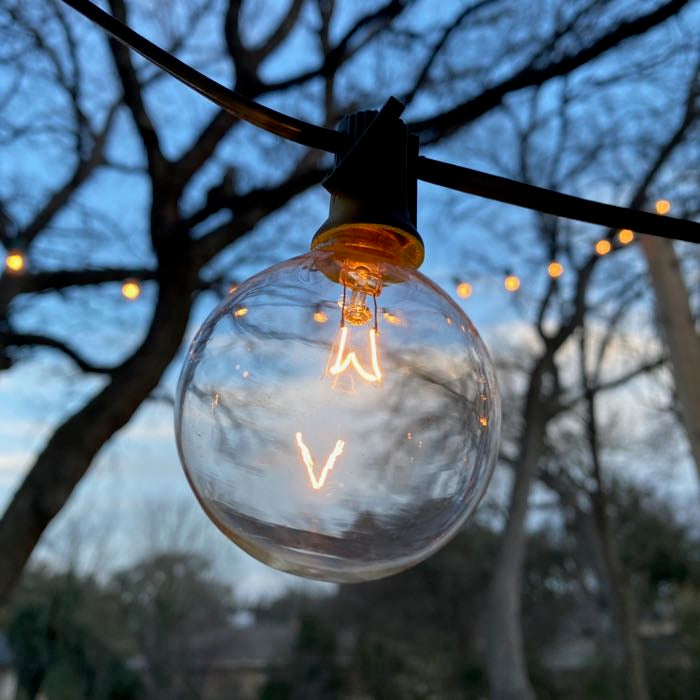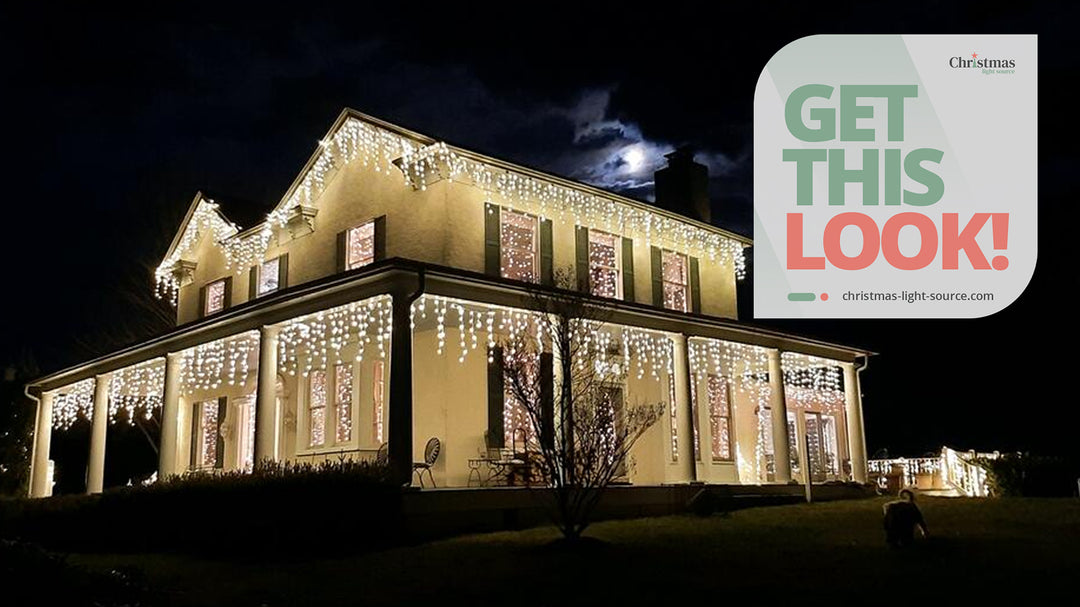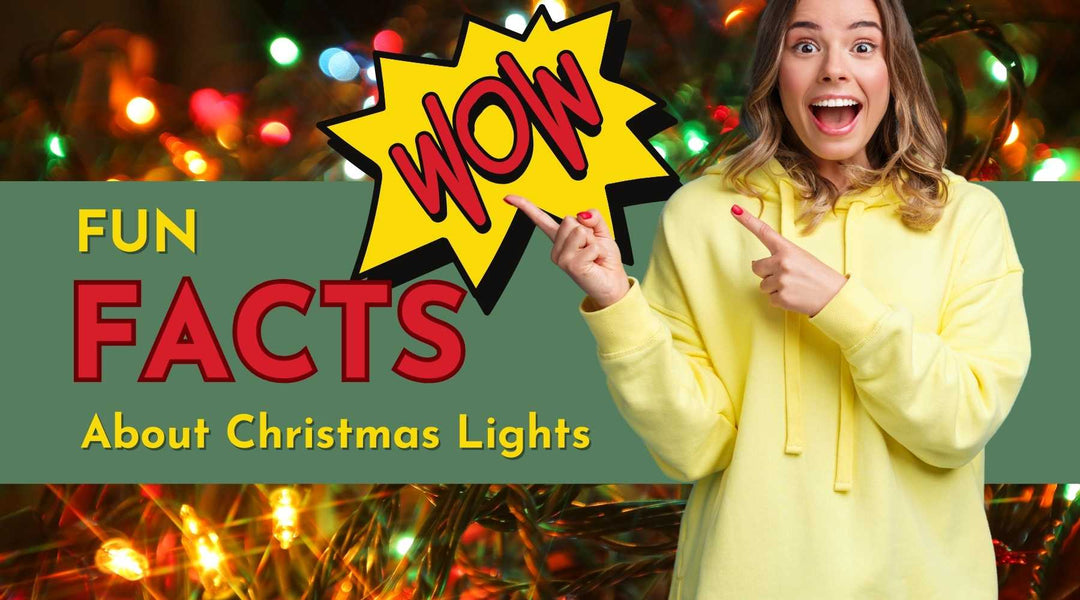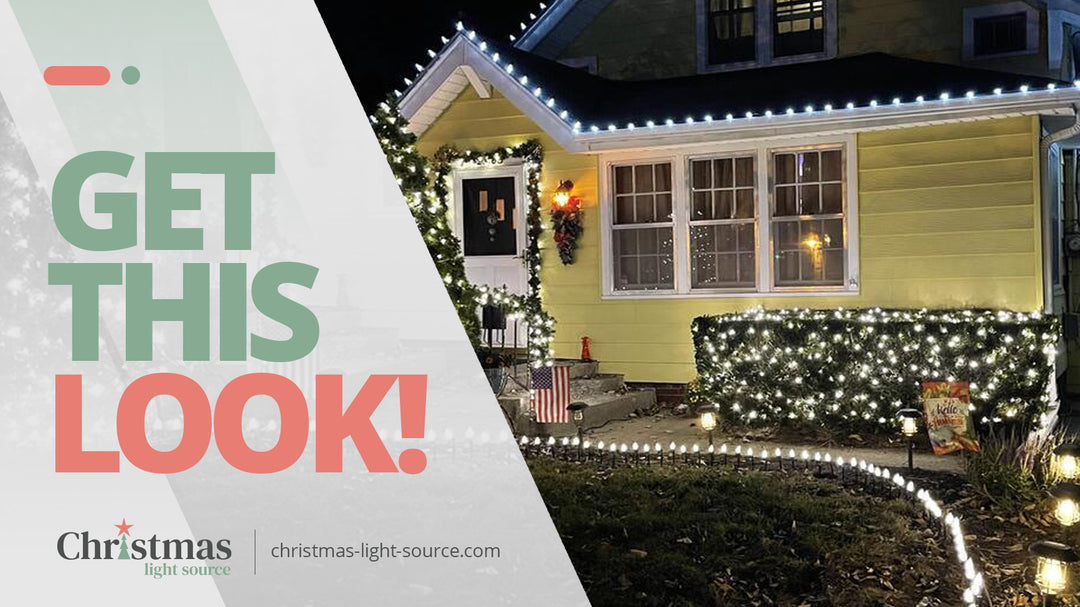Current light bulb laws: Can I still purchase glass Christmas lights?
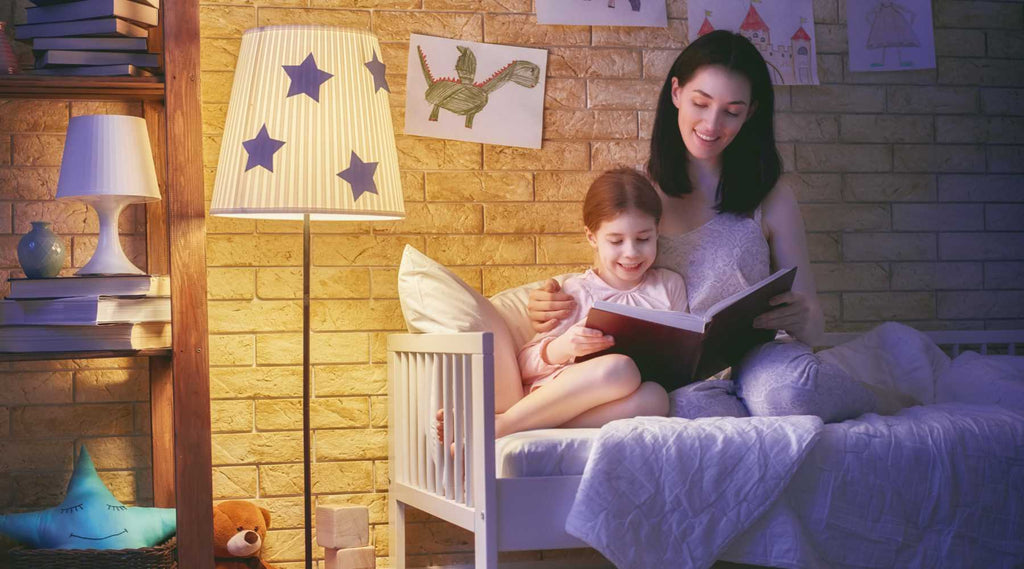
The Biden Administration has banned the sale of incandescent light bulbs, effective August 1, 2023. This ban is part of a larger effort to phase out inefficient light bulbs to encourage using more energy-efficient alternatives, such as LED bulbs.
Good news for Christmas lights lovers: the ban does not apply to all incandescent light bulbs. For example, glass Christmas bulbs are not included in the ban, as they are not considered general-use lamps (bulbs). "General Use Lamps" are bulbs made to go in light fixtures. According to new standards, they have an E26 base and must emit a minimum of 45 lumens per watt.
Here are some additional details about the ban:
- The ban does not apply to specialty bulbs, such as grow lights, appliance bulbs, black lights, and bug lamps, and best of all, does not include Christmas lights.
- CFL bulbs will be phased out in 2024.
Can I still use my incandescent/glass bulbs?
The ban is only on the manufacturing and sale of illicit bulbs. Consumers can continue using the bulbs of their choice until they run out of their hall closet stashes.
In other words, you don't have to throw out your current bulbs no matter the style.
So, for now, Christmas light bulbs are safe. We shall continue to offer both styles of lights to serve all our customers' tastes. We'll also continue our pursuit of an LED bulb solution that more closely imitates the traditional glow of clear C7 or C9 Christmas bulbs.
Here are a few tips:
1. Put indoor and outdoor lights on a timer that turns them on well after dusk and then off again when residential streets are quiet in your neighborhood. Save money and electricity by lighting them when they'll have the most impact.
2. When mixing white LED and clear glass Christmas lights, consider choosing warm white LED bulbs to complement the warm glow of glass in your display. They blend in better than pure or natural pure white.
3. Traditional C7 and C9 Christmas cords with standard E12 and E17 sockets will work with either glass or LED bulbs. So, if you choose to make a switchover, it is possible to combine the two styles of bulbs.
4. Glass bulbs - both large and mini - have an average usage lifespan of 3000-4000 hours. As a few bulbs go out on a string of lights, expect the rest to follow soon. Be sure to replace glass bulbs as soon as they burn out to maximize the life of the mini light string.
For additional reading, here are a few key pieces of legislation related to lamp bulbs.
The Energy Independence and Security Act (EISA)
The Energy Independence and Security Act, passed by the United States Congress in 2007, set the stage for significant changes in the lighting industry. Under this act, provisions were made to improve energy efficiency across various sectors, including lighting. One of the key provisions involved phasing out traditional incandescent light bulbs in favor of more energy-efficient alternatives.
Phase-Out of Traditional Incandescent Bulbs
The EISA mandated a gradual phase-out of certain wattages of incandescent light bulbs, starting with the 100-watt bulb in 2012, followed by the 75-watt bulb in 2013, and the 60-watt and 40-watt bulbs in 2014. This move aimed to encourage consumers to adopt more energy-efficient options, such as compact fluorescent lamps (CFLs) and light-emitting diode (LED) bulbs, which consume significantly less energy and have longer lifespans compared to traditional incandescent bulbs.
Energy Efficiency and Environmental Benefits
Data indicates that transitioning from incandescent bulbs to CFLs and LEDs has proven to be highly beneficial for both consumers and the environment. CFLs and LEDs use up to 80% less energy than incandescent bulbs, which translates to reduced electricity bills and lower greenhouse gas emissions. Moreover, the extended lifespan of these alternatives reduces the frequency of bulb replacements, further contributing to waste reduction.
Continued Availability of Incandescent Bulbs (including Christmas lights!)
While the phase-out of certain wattages of incandescent bulbs has taken place, it is essential to note that not all incandescent bulbs have been completely banned. Specialty incandescent bulbs, such as those used in ovens, refrigerators, and other specific applications, are still permitted for sale.
Christmas lights fall under these lower wattage guidelines so, for now, incandescent bulbs are still available to light rooflines and Christmas trees. For smaller homes and projects they continue to be an economical choice for many first-time Christmas lights installers.
Consumer Adoption and Choices
Initially, some consumers were hesitant to embrace CFLs and LEDs due to higher upfront costs. However, as technology advanced, prices dropped significantly, making these energy-efficient alternatives more accessible to all. Additionally, consumers now have a wide range of choices when it comes to color temperatures, brightness levels, and bulb designs, catering to various preferences and lighting needs.
https://www.cnn.com/2023/08/01/business/incandescent-light-bulb-ban/index.html
https://www.foxbusiness.com/economy/incandescent-light-bulb-ban-now-effect-what-know


